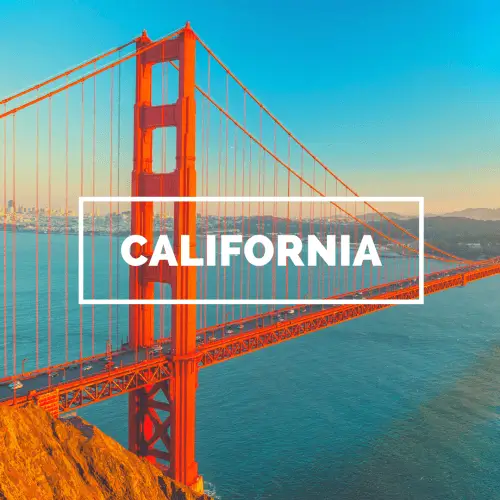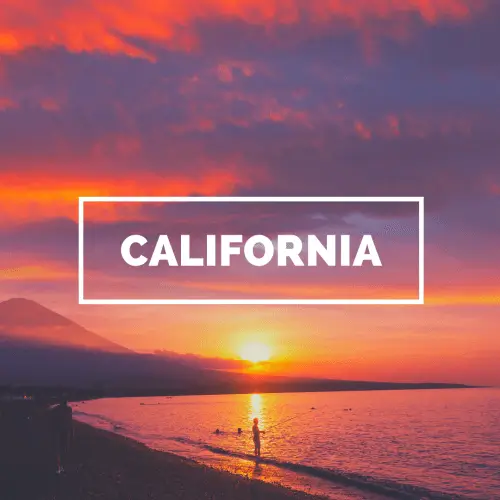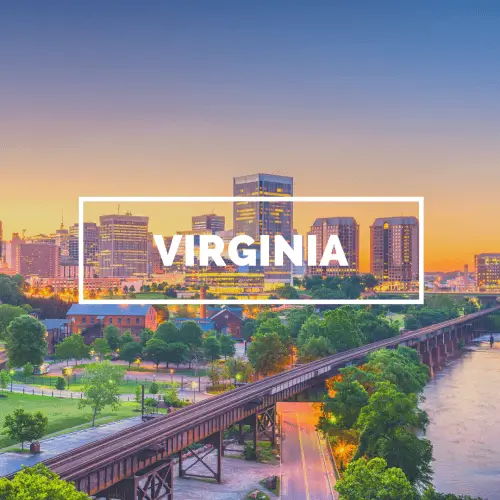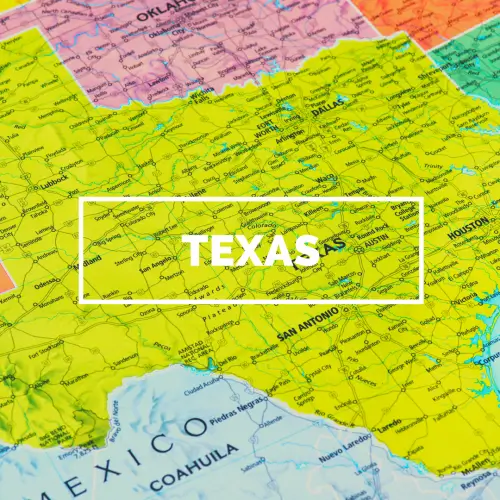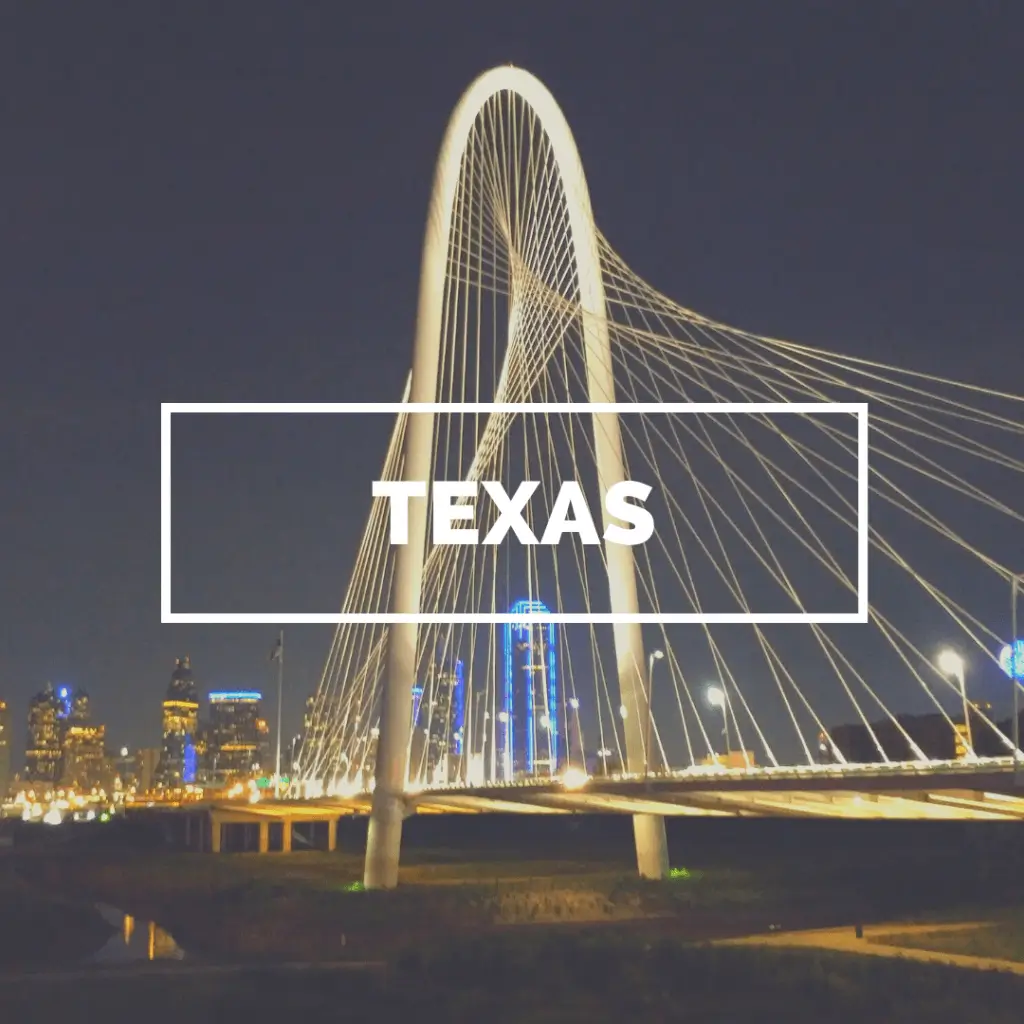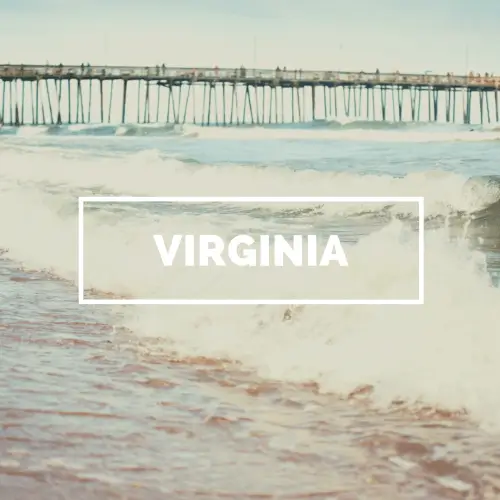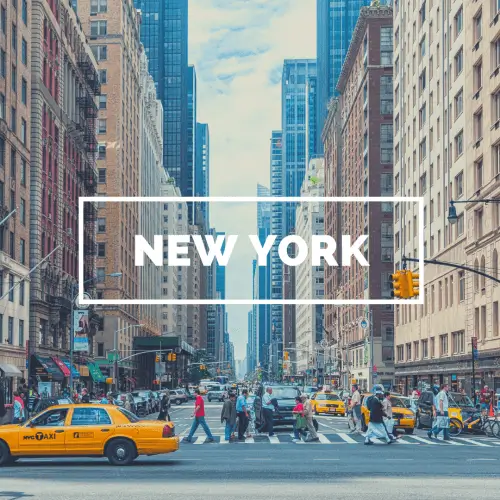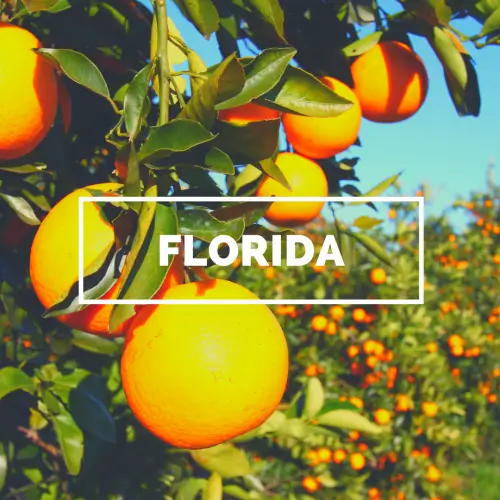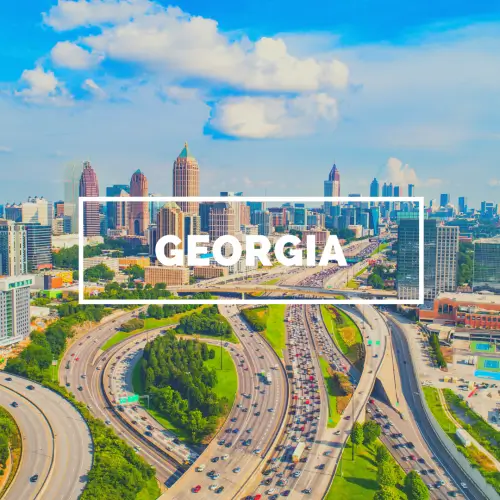Motorcycle Camping Made Easy: The Ultimate Resource Guide

Lila Claybourne
Oct 09, 2024
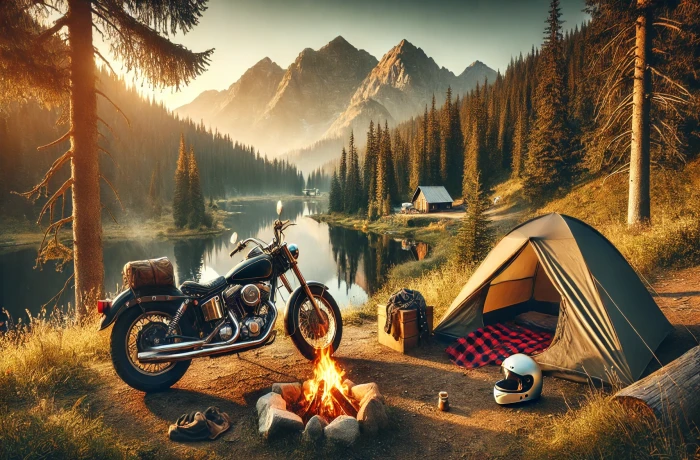
Summary:
Why Choose Motorcycle Camping?
Essential Gear for Motorcycle Camping
Planning Your Route
Packing for Efficiency
On the Road Safety Tips
Camping Tips & Tricks
The Environmental Impact of Motorcycle Camping
Common Challenges & How to Overcome Them
Motorcycle Camping for Beginners
FAQs
Conclusion
Introduction: The Joy of Motorcycle Camping
Imagine the thrill of the open road, the roar of your motorcycle, and the serenity of setting up camp under a sky full of stars. Motorcycle camping offers an unparalleled sense of adventure, combining the freedom of riding with the simplicity of camping. Whether you’re a seasoned motorcyclist looking to explore new horizons or a beginner craving an outdoor adventure, this guide is the ultimate resource to help you master the art of motorcycle camping.
In this comprehensive guide, we will cover everything you need to know—from selecting the right gear to planning the perfect route, ensuring that your motorcycle camping experience is both safe and enjoyable. Let’s dive into the essentials and help you plan your next great adventure.
Why Choose Motorcycle Camping?
Motorcycle camping isn’t just about hitting the road—it’s about embracing the journey. Here are some reasons why motorcycle camping is becoming increasingly popular among adventure seekers:
Adventure & Freedom: Riding a motorcycle allows you to experience nature up close. The road is your playground, and there’s nothing quite like the feeling of the wind on your face as you explore remote trails, scenic highways, and quiet campsites.
Affordability: Compared to traditional travel, motorcycle camping can be a budget-friendly alternative. You save on accommodations by camping, and motorcycles generally consume less fuel than larger vehicles.
Flexibility: With a motorcycle, you have the flexibility to access remote areas that cars and RVs can’t reach. You can explore national parks, forest trails, and off-the-beaten-path destinations with ease.
Essential Gear for Motorcycle Camping
One of the most important aspects of motorcycle camping is packing efficiently. You’ll need to balance the weight and space available on your bike with the essentials required for a comfortable and safe camping experience.
Motorcycle Luggage Options
Saddlebags: These are a staple for long-distance motorcycle travel. Hard or soft saddlebags offer plenty of space for camping gear while keeping your load balanced.
Tank Bags: Positioned on top of the fuel tank, these are great for storing maps, snacks, and items you need to access quickly.
Rear Racks or Tail Bags: Ideal for carrying larger items like tents or sleeping gear without affecting the balance of your motorcycle.
Tent & Shelter
Lightweight Tents: Look for compact, lightweight tents that can withstand various weather conditions. A two-person tent is ideal for solo campers, offering extra space for gear storage.
Bivouac (Bivy) Sack: For those who want to travel light, a bivy sack is an ultralight alternative to a tent.
Tarps: Tarps are versatile and can be used as rain shelters or as an additional ground cover for your tent.
Sleeping Gear
Sleeping Bags: Choose a sleeping bag that matches the temperature conditions of your destination. Synthetic materials are water-resistant, while down offers better insulation.
Sleeping Pads: A good sleeping pad adds comfort and insulation from the cold ground. Look for lightweight, inflatable pads to save space.
Cooking Equipment
Portable Stoves: Compact, fuel-efficient stoves like the Jetboil or a simple alcohol stove work well for quick meals on the road.
Cooking Utensils: Bring collapsible or lightweight pots, pans, and utensils that won’t take up too much space in your luggage.
Food Supplies: Dehydrated meals, energy bars, and instant noodles are ideal for motorcycle camping as they are light and easy to prepare.
Clothing
Layering System: Pack layers to adjust to different weather conditions. Start with moisture-wicking base layers, add an insulating mid-layer, and top it off with a waterproof jacket.
Rain Gear: Always bring waterproof gloves, jackets, and pants to stay dry in case of rain.
Footwear: Sturdy, waterproof boots are essential for both riding and camping.
Personal Care Essentials
First-Aid Kit: Include bandages, antiseptics, pain relievers, and any personal medications.
Toiletries: Biodegradable soap, wet wipes, and travel-sized toiletries will keep you clean without taking up too much space.
Multi-Tool: A good multi-tool with pliers, screwdrivers, and a knife is indispensable for repairs and camp tasks.
Planning Your Route
Route planning is a critical part of any motorcycle camping trip. The key is to balance scenic routes with practical considerations such as fuel stops, rest areas, and campsite locations.
Mapping Tools & Apps
Use GPS apps like Google Maps, Rever, or Scenic to plan your route and navigate on the go.
Offline maps can be useful in areas with limited cell service. Maps.me and Gaia GPS are great for this purpose.
Scenic Routes
Research scenic byways and lesser-known roads for a more picturesque and enjoyable ride.
Websites like RideWithGPS and MotorcycleRoads (no need to cite them directly) can offer inspiration for beautiful rides.
Campsite Research
Campground Reviews: Check online for reviews of campgrounds that cater to motorcyclists.
Dispersed Camping: In national forests and BLM lands, dispersed camping is free and offers a more secluded experience. Make sure to check local regulations.
Weather Considerations
Always check the weather forecast before your trip and prepare for sudden changes. Pack extra layers or rain gear to ensure you’re comfortable in all conditions.
Packing for Efficiency
Packing for a motorcycle trip is an art form. The key is to pack light but bring everything you need for a safe and enjoyable trip.
Weight Distribution on the Motorcycle
Keep heavy items low and toward the center of the bike to maintain balance.
Use saddlebags for medium-weight items, and pack lighter gear in tank bags and on rear racks.
Packing Lists for Different Trip Durations
For weekend trips, you’ll need minimal food, clothing, and camping gear.
For extended trips, you’ll need extra fuel canisters, a variety of clothing layers, and potentially tools for motorcycle maintenance.
Dry Bags and Waterproofing
Always use dry bags to protect important items like clothing, sleeping bags, and electronics. Waterproof covers for your luggage can also help in rainy conditions.
On the Road Safety Tips
Safety should always be a top priority, whether you’re riding to your destination or setting up camp.
Motorcycle Maintenance on the Road
Carry basic tools such as a tire repair kit, duct tape, zip ties, and a multitool.
Before each ride, check the tire pressure, oil levels, and chain tension to avoid breakdowns.
Safety Gear
Helmets are non-negotiable. Opt for a full-face helmet for better protection.
Wear a motorcycle jacket with armor, along with gloves and boots to protect yourself from falls or weather.
Riding Techniques for Different Terrains
Adjust your riding style depending on the terrain. For gravel or dirt roads, ride slowly and use both brakes lightly.
On wet surfaces, keep a larger distance from vehicles, and avoid sudden turns or stops.
Communication Tools
Bring a satellite phone or a personal locator beacon (PLB) for emergencies in remote areas without cell coverage.
Camping Tips & Tricks
Setting up camp efficiently and enjoying your time outdoors is what makes motorcycle camping special.
Setting Up Camp Efficiently
Arrive at your campsite early enough to set up in daylight. This gives you time to find flat, dry ground and avoid uneven or rocky spots.
Use bungee cords or straps to secure your gear at camp, so it’s ready to go in the morning.
Campfire Safety & Leave No Trace Principles
If fires are permitted, build them in designated fire pits and make sure they are completely extinguished before leaving.
Leave No Trace by packing out all trash, avoiding damage to trees, and leaving the campsite as you found it.
Food Storage and Protection
In areas with wildlife, store food in bear canisters or hang it from a tree. Never store food in your tent.
Sleeping Comfort
Use earplugs if you're camping near a noisy area or to block out environmental sounds like wind or animals.
The Environmental Impact of Motorcycle Camping
Motorcycle camping, while freeing, comes with responsibilities to protect the environment.
Sustainable Camping Practices
Use biodegradable soaps and detergents when washing dishes or clothes.
Minimize waste by avoiding single-use plastics and packing reusable containers.
Minimizing the Carbon Footprint
Motorcycles are already more fuel-efficient than cars, but you can further reduce your impact by selecting eco-friendly camping gear, following established trails, and using renewable energy sources like solar chargers.
Common Challenges & How to Overcome Them
Motorcycle camping comes with its fair share of challenges, but with the right preparation, they can be easily overcome.
Weather-Related Challenges
Rain: Ensure your gear is waterproof and consider setting up a tarp above your tent for extra protection.
Heat: Plan rides early in the morning or late in the afternoon to avoid the hottest parts of the day.
Cold: Use a sleeping bag liner for extra warmth and pack insulated clothing layers.
Mechanical Issues
Bring a tire repair kit and a portable air pump to handle flat tires on the road.
For serious mechanical issues, have a roadside assistance plan or contact AmeriFreight for motorcycle transport services in case of a breakdown.
Wildlife Encounters
Keep food stored securely to avoid attracting animals. If camping in bear country, follow local guidelines on food storage and camp safety.
Motorcycle Camping for Beginners
If you’re new to motorcycle camping, here are some key tips to get you started:
Best Time to Start
Late spring and early fall are ideal seasons for beginners. The weather is mild, and popular campsites are less crowded.
Group vs. Solo Camping
Group Camping: Offers safety and social interaction, especially if you’re not comfortable camping alone.
Solo Camping: Provides complete freedom but requires more preparation, particularly in terms of safety and self-reliance.
Beginner-Friendly Packing List
Stick to the essentials: a tent, sleeping bag, basic cooking gear, food, clothing layers, and personal items like a first-aid kit. Don’t overpack; it’s better to start light and adjust as you gain experience.
FAQs
How much does motorcycle camping cost?
The costs vary depending on the duration and location of your trip. On average, expect to spend between $10–$30 per night for campsites and around $100–$300 on gear. Fuel and food are additional costs, but motorcycles generally have lower fuel consumption.
What’s the best type of motorcycle for camping?
Adventure bikes, dual-sport motorcycles, and touring bikes are the most popular choices for motorcycle camping. They offer better handling on various terrains and more storage capacity.
Can you camp anywhere when motorcycle camping?
No. Always check local regulations regarding camping. Some areas allow dispersed camping, but most require you to stay in designated campgrounds.
What should you not bring?
Avoid overpacking or bringing bulky, unnecessary items. Items like heavy-duty kitchenware, excessive clothing, or large coolers will only take up space and add weight to your bike.
Is it safe to camp alone on a motorcycle trip?
Yes, with proper preparation. Ensure you have a reliable communication device, plan your route carefully, and let someone know your itinerary. Solo camping can be rewarding but requires extra attention to safety.
Conclusion
Motorcycle camping offers the perfect combination of adventure, freedom, and connection with nature. Whether you’re embarking on a weekend getaway or a long-distance tour, following this guide will help you prepare and ensure you have everything you need for a successful trip. Remember, the key to enjoying motorcycle camping is careful planning, packing efficiently, and staying safe on the road.
If you’re planning a long-distance ride and need help transporting your motorcycle, AmeriFreight offers reliable and affordable motorcycle shipping services to make your adventure even easier.
Related Posts
